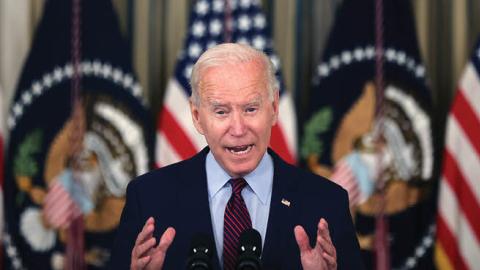Political junkies are fixated on the stalemate over two (two!) trillion-dollar-plus spending bills whose failure could derail Joe Biden’s presidency. But the Biden administration also faces two must-win international tests this fall. Failure at the United Nations climate conference in Glasgow or the Iran nuclear negotiations in Vienna would sandbag a presidency still struggling to find its feet.
Halloween is Speaker Nancy Pelosi’s new deadline to pass the bipartisan infrastructure bill. It also marks the opening of the U.N. Climate Change Conference of the Parties, or COP26. The plan is for representatives of 190 countries, along with assorted experts, bureaucrats, lobbyists, activists and journalists, to assemble for a discussion on next steps to stop climate change.
For environmentalists, COP26 represents what they will, in the now traditional way, call yet another “last chance” for the world’s governments to take the bold actions that will keep climate change within limits. For the Biden administration it represents the first big test of its grand strategy.
Domestically, the administration calculates that enough movement on green issues will keep dovish progressives on board as the contest with China heats up. Internationally, climate-change activism aligns the U.S. with key European allies while boosting the multilateral cooperation that underpins the liberal world order Team Biden hopes to save.
Read the full article in the Wall Street Journal


















